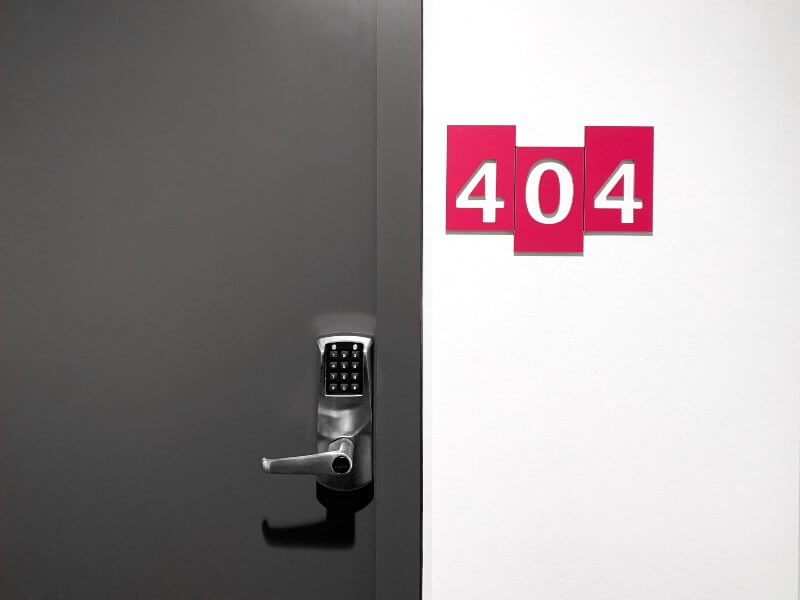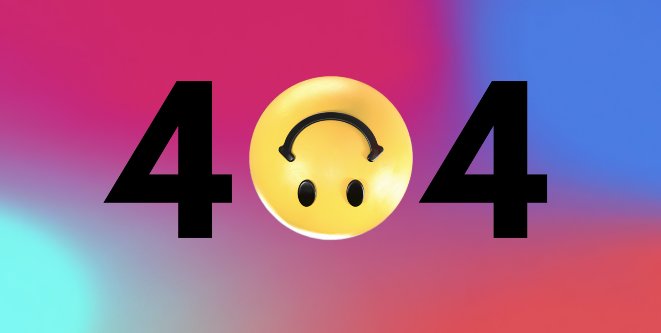Error 404 (Page Not Found or Server Not Found) is a Hypertext Transfer Protocol response code. A 404 error means “page not found”. This message is displayed by hosting browsers or search engines when the accessed content of a page no longer exists.
To detect and correct a 404 error, you can use tools and plugins to detect these types of errors. Additional plugins installed on the site can negatively affect its speed, so we recommend that you pass it through external tools for detecting 404 pages. For example: Xenu’s Link Sleuth, and Google Webmaster Tool (GWT).
Google Search Console (formerly Google Webmaster Tools) is a tool that also helps you detect errors, namely by listing pages with 404, and 500 errors in the GSC panel.

How do 404 errors affect our SEO campaigns?
Keeping in mind that search engines always check capacity
of using a website, 404 errors can seriously affect your site’s rankings. In other words, if search engines visit your site and find too many “404 error” pages, you will lose in their “eyes”. And this is because your web page will automatically be labeled as: “abandoned and neglected”. That’s why you should take care to periodically check with free online tools that no new 404 pages have appeared.
If the search engine finds on successive visits this response code for a given page, it will deindex, finally, that page. When Google removes these pages from their search index, that means they will no longer appear in the SERPs. So, if there are a lot of external links pointing to 404 pages on your site, you are losing the value of links that could help you in your SEO campaigns.
404 errors and user experience
404 errors irritate visitors and may discourage them from visiting the site again. Because it’s quite frustrating to land on a page that instead of answering your questions or wishes, just shows you an error.
How to resolve 404 errors?
There are several solutions to solve 404 errors.
The first is to bulk redirect all 404 pages to your site’s “home” page. This is the fastest solution, but it won’t pass on much of the search capital built up by the old URLs, at least it will prevent users from encountering a poor-quality 404 page.
The second option is to export a report of all your backlinks from a tool like Majestic, Ahrefs, or Moz and prioritize setting up relevant 301 redirects, starting with the pages with the most backlinks. This method should retain most of the really valuable search capital gained from earned backlinks. URLs with few valuable backlinks or very little commercial value can be redirected to the “home” page.
Alternatively, you can create a custom 404 page that provides value to the user, i.e. provides more useful options to visitors. So that the 404 page does not create an unpleasant experience for the user, you can make it more attractive. For example, you can use the list of the most searched pages on the site, or place a search console on it. Avoid displaying unfriendly, “Error 404” messages without further explanation. Write an easy-to-understand message that lets users know they’ve landed on a 404, but get help right away.
If you’re not sure what your current 404 error page looks like, you can find it by visiting any random page that doesn’t exist on your domain, such as your-domain.com/random-text/. If you find that your 404 page looks terrible, it’s time to get to work on customizing it.

What will work for your site will probably be a combination of the three solutions above.
The difference between 404 and 410 error
404 – “Not found” – the page was not found, but it may be found in the future.
410 – “Gone” – the page was not found and will not be found in the future (that is, it has been intentionally and permanently removed). And search engines are encouraged to de-index the page much faster. Namely, this response code is recommended to be displayed in case your content will not be restored.